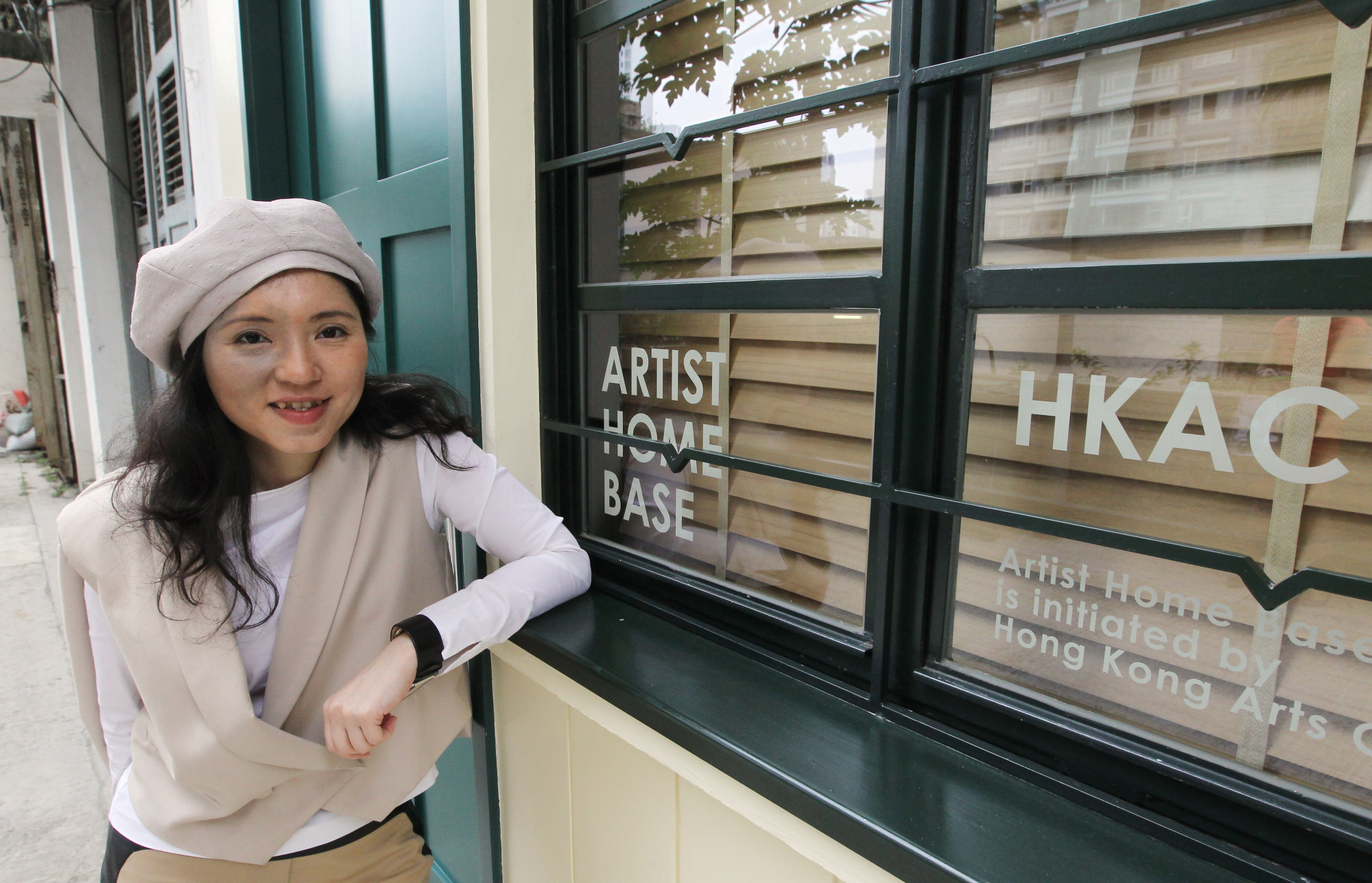
Why has the Hong Kong Arts Centre seen an exodus of staff in the past 12 months?
- At least half of the Hong Kong Arts Centre’s staff have left since the previous executive director stepped down in August 2022, former employees say
- Many have left because they can’t bear to work on programmes ‘with little meaning’, one ex-employee says, while the centre blames various financial pressures
Management’s attempt to overhaul the Hong Kong Arts Centre has triggered a mass walkout at the 46-year-old non-profit institution, with former employees reporting that at least half of its staff have left since the previous executive director stepped down in August 2022.
Those who have left in recent months include key personnel such as programme director Teresa Kwong, director of its Ifva film and video festival Kattie Fan, and senior programme manager Ian Leung, according to several people.
According to its most recent annual report, the centre had a staff of 63 as of June 30, 2022, excluding the Hong Kong Art School, a subsidiary relatively unaffected by the management change.
Former employees tell the Post that at least half of those people, as well as some recent recruits, have gone, mostly voluntarily, since Connie Lam Suk-yee left after 13 years at the helm.

Lam, who had been with the organisation since 1997, did not give a reason for her departure. The board replaced her with Rebecca Ip, a former executive director of the Hong Kong Ballet who was most recently the head of private nursery and kindergarten operator Victoria Educational Organisation.
Ip has told staff members that the HKAC should try to generate more revenue by focusing on ceramics and art courses for children.
Founded in 1977 as the first non-government arts venue, and with a dedicated curatorial team, galleries, a cinema and theatres, the HKAC does not receive a regular government subsidy and its upkeep relies on it renting out part of its headquarters, a distinctive, 19-storey triangular building in Wan Chai.
Arts censorship vs arts centre: Hong Kong must make ‘red lines’ clear
The Goethe-Institut, which runs German language classes and presents its own arts programmes on the 13th and 14th floors, is in the process of renewing its lease.
In a written reply to queries about the staff exodus, on July 6 the HKAC said that it was under financial pressure because of the downturn in the property market and the termination of an advertising contract for its giant rooftop billboard.
“To facilitate sustainability of its income streams, HKAC needs to review and enhance its areas of operations, including diversifying activities and courses to include art programmes for children,” it said.

In the last financial year, property rental yielded HK$20.8 million (US$2.7 million), 10 per cent lower than in 2020, and the centre had a deficit of HK$4.9 million, according to its annual report. Rental income from its galleries, cinema and theatres plunged by half during the pandemic.
The 2020 introduction of Hong Kong’s national security law also brought a new set of challenges. The Ifva, the centre’s independent film and video awards that held its 28th edition this spring, has had to pull finalists’ works from public screenings after Hong Kong’s film censorship board objected to scenes considered politically sensitive.

“As I was growing up, the HKAC was fashionable, innovative and daring to be different,” she wrote on Facebook. “I am very disappointed.”
One recent leaver, who wishes to remain anonymous, says: “There have been instances when the board and the executive director’s office overreacted when faced with a sensitive situation, but that is not the main reason why people have quit.
“Many are leaving because they cannot bear to stay on and just do programmes with little meaning. And because the new management seem to have little respect for the centre’s strong ties with the local arts community.”

The centre said in the statement: “Regarding human resources management, HKAC regularly reviews the number of staff and their workloads, and continues to actively seek suitable candidates to fill vacancies through natural attrition.”
Its review of resources has also led to the termination of support for long-running partnerships and projects in the past year, such as Art in Hospital, and Class 7A Drama Group.
Since 2020, several new board members have been appointed, including the economist Francis Lui Ting-ming, and chairperson Dominica Yang was reappointed. Three board members and the chairperson are appointed by the chief executive under the Hong Kong Arts Centre Ordinance.
There was anticipation that the new management could bring some positive change. Sadly, that has yet to happen
In the decade before Hong Kong’s return to China in 1997, the centre’s then executive director, Oscar Ho Hing-kay, initiated public art projects aimed at making the arts less elitist. He also recognised the cultural significance of the period by curating landmark exhibitions about Hong Kong identity, such as “Hong Kong Incarnated”, which took place during the handover.
During Lam’s tenure as executive director, the centre continued to present programmes that were relevant to contemporary society. She also oversaw major expansion: it became the operator of a new comics and animation centre at a government-owned heritage building in 2013, and added two campuses to the Hong Kong Art School, which provides post-secondary-school programmes as well as short courses.
But since the arrival of major Hong Kong arts venues such as the West Kowloon Cultural District and Tai Kwun, both of which boast world-class visual arts and performing arts programmes, the centre has been increasingly overshadowed and criticised for complacency, as well as for focusing too much on just renting out space.
Hong Kong-based art collector puts his 200 films by 92 artists online
“There were also administrative matters that could be improved upon,” said another former employee, who also wished to remain anonymous.
“There was anticipation that the new management could bring some positive change. Sadly, that has yet to happen.”

